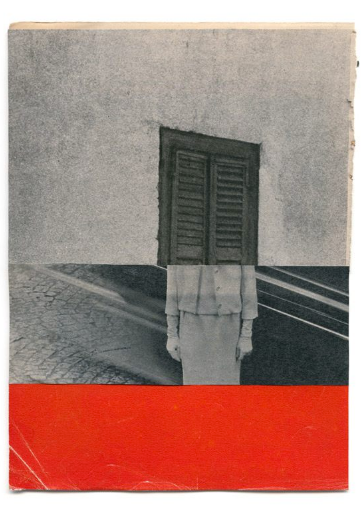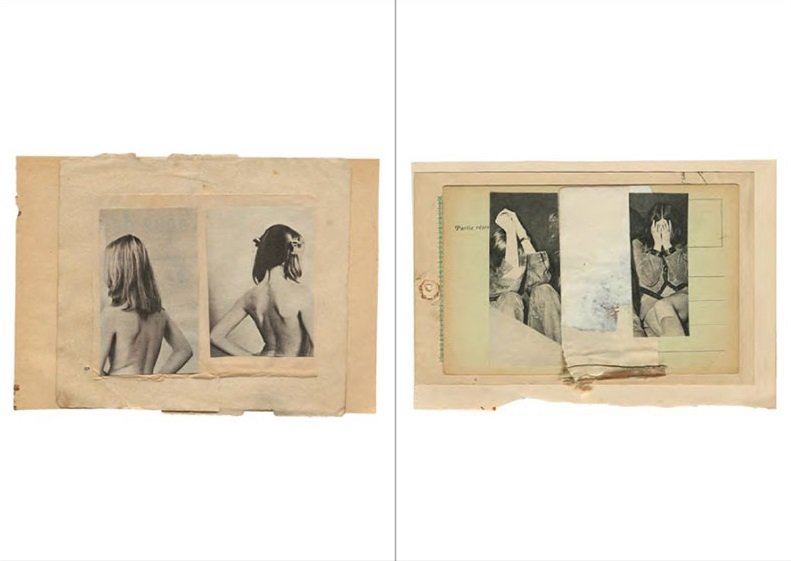Belgium –
Through Photography feature – Katrien de Blauwer‘s collages and their short circuit effect in our ways of seeing, the book intends to explore and deepen the concept of void and its visibility, proposing a work that’s situated at the border of different artistic disciplines, from photography to cinema to performance and to painting.
Photographer without a camera, KDB collects and re-uses pictures and supports from old magazines and papers, engaging them in a vision that occurs directly in the hand, becoming thereby more physical and tactile.
Published by Avarie, KDB’s book “I do not want to disappear silently into the night” gives new meaning and life to what is residual, saving the images from destruction and including them in a new narration that combines intimacy> and <anonymity. Hers is therefore a work about memory, although never by a process of accumulation but by way of subtraction.
The images are deprived of something that disappears from view but remains perceptible and refers to a kind of entirety. The collage itself is a signal that’s present and resistant, the form of an emptiness that is hence never absence.
KDB’s work calls to mind the techniques of photomontage or film editing, using the cut as border or frame that determines what is visible and essential. Keeping in mind the collages’ highly cinematographic content, the book takes therefore inspiration from Michelangelo Antonioni‘s filmic sensitivity, along with a few suggestions from the arts, that share his pure, geometric and linear vision.
Like the Italian director, whose “interest – according to John Berger – is always beside the event shown”, Avarie has been trying to focus its attention on the unseen elements of the collages, such as the cut-out photographs and words from KDB’s notebooks or the reverse side of the support papers. In particular, the off-screen position of the texts in the book allows to frame the collages in-between: the void actually specifies itself as an interstice.
KDB’s text-fragments – sharp, precise and evocative as scripts – interact with Antonioni’s writing which inhabits the book’s interstitial spaces: the extracts here inserted derive from what he himself defined as films I wrote, series of unfinished stories he never found the chance to shoot. Texts therefore, that belong not less to the order of visualizations of the absent as they render perfectly perceivable an image that doesn’t exist.
Text & Image©Avarie



















